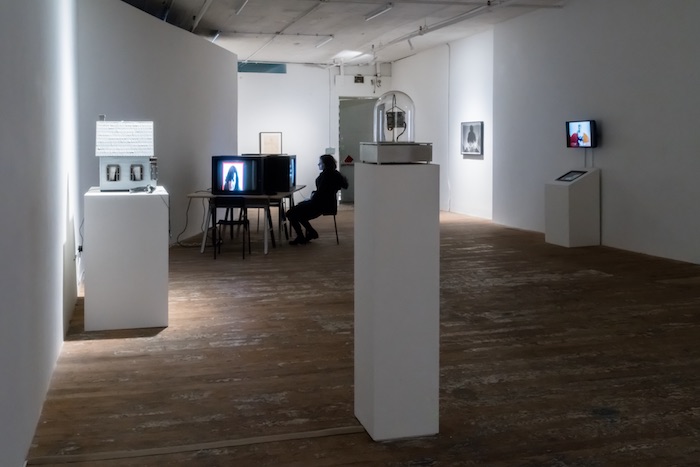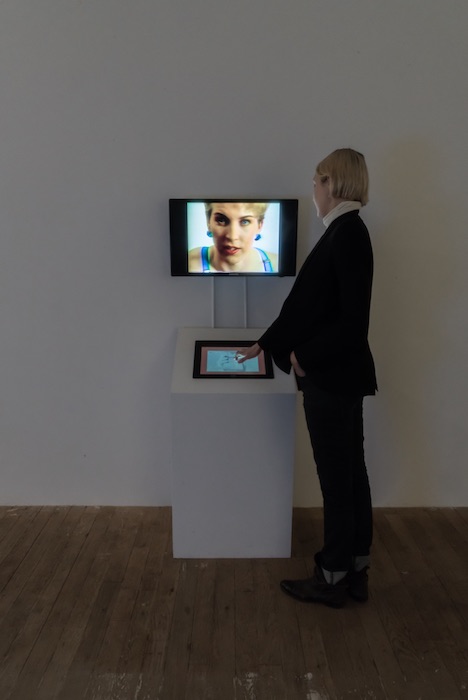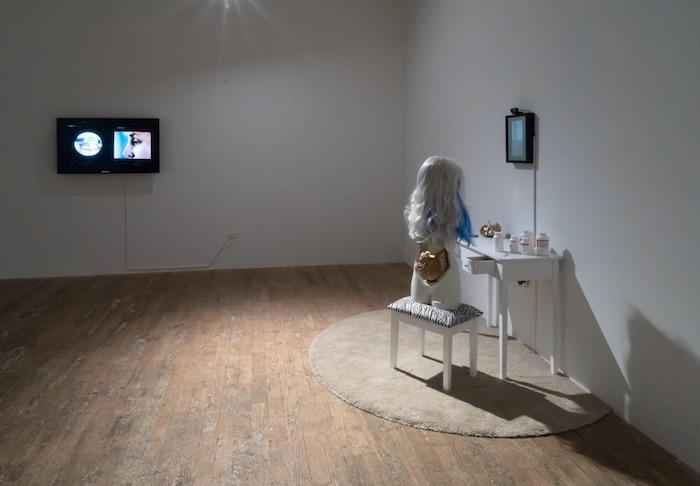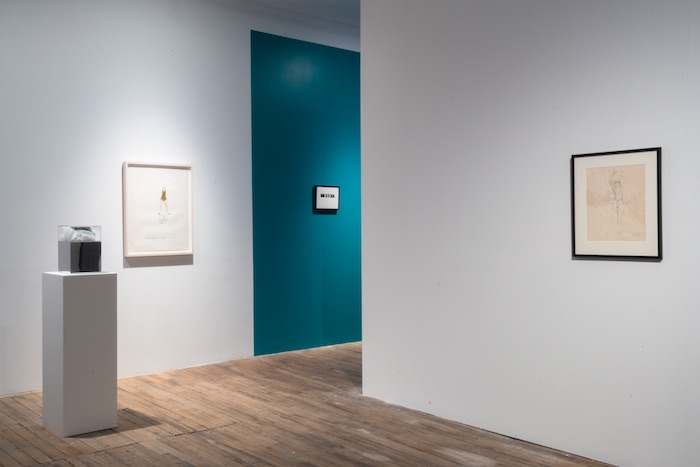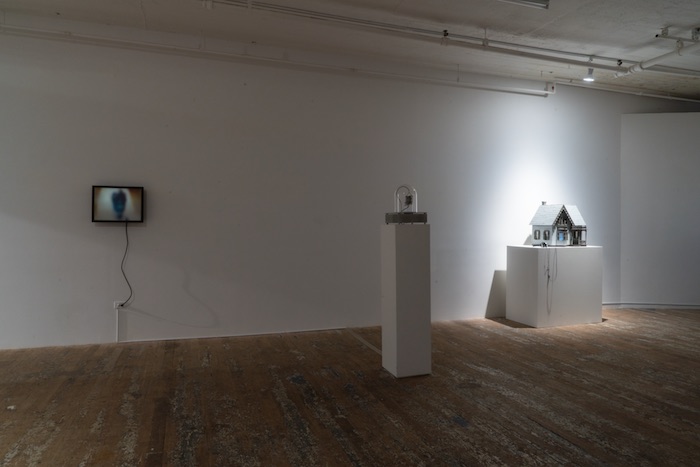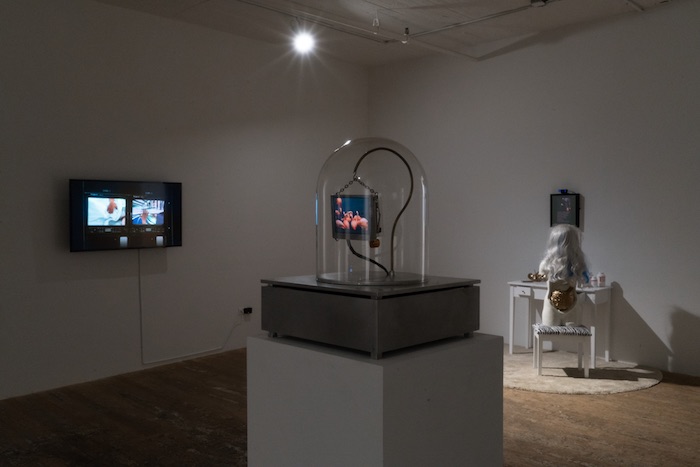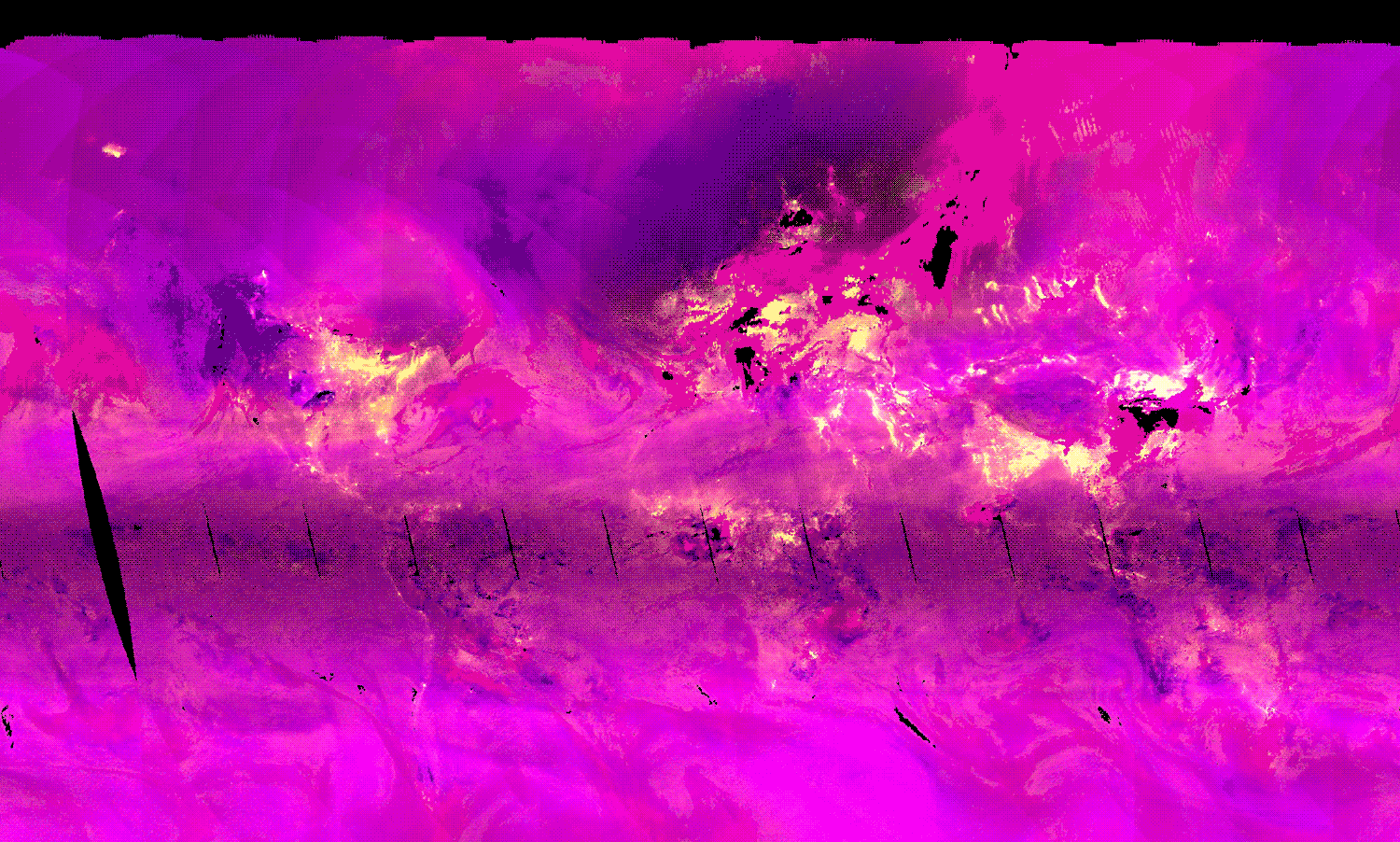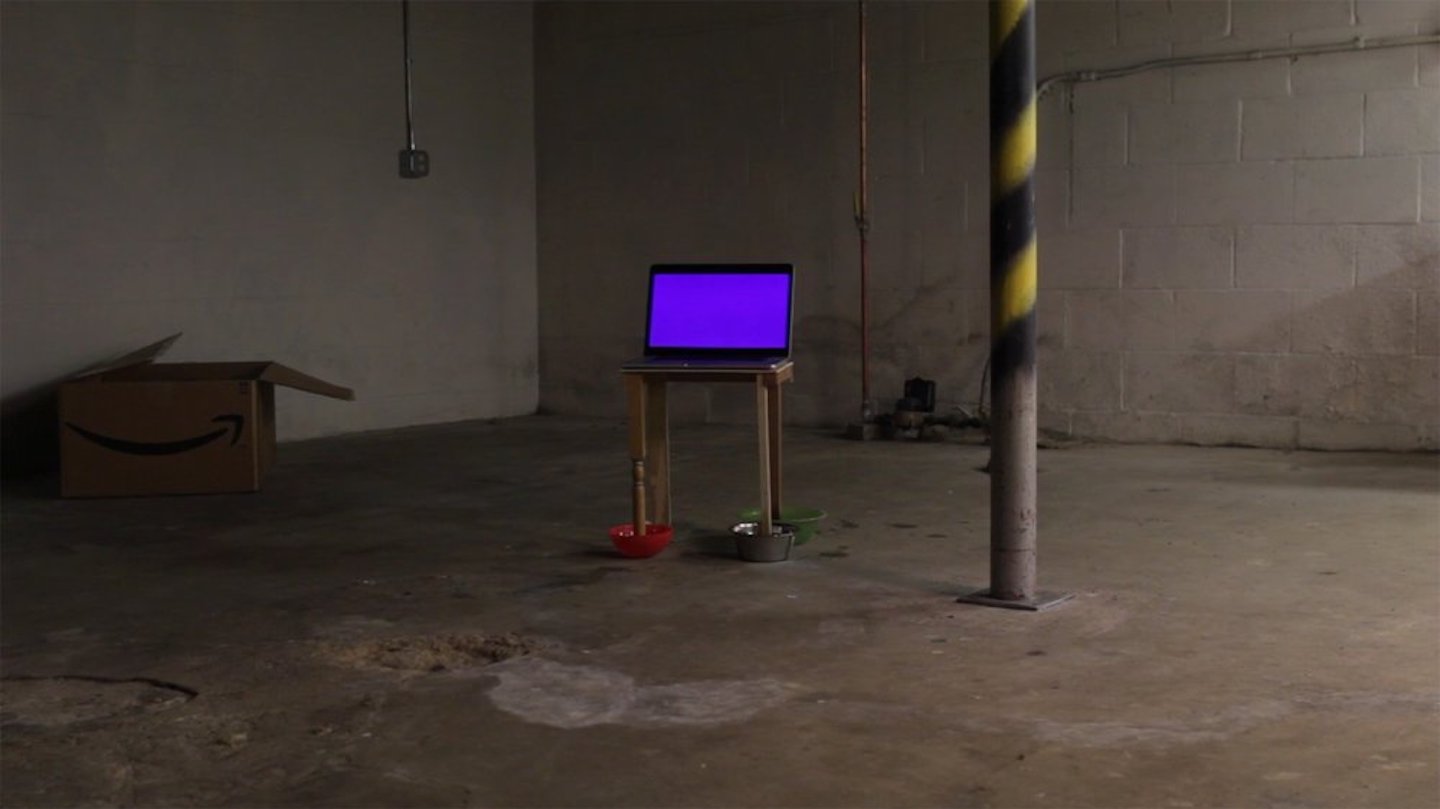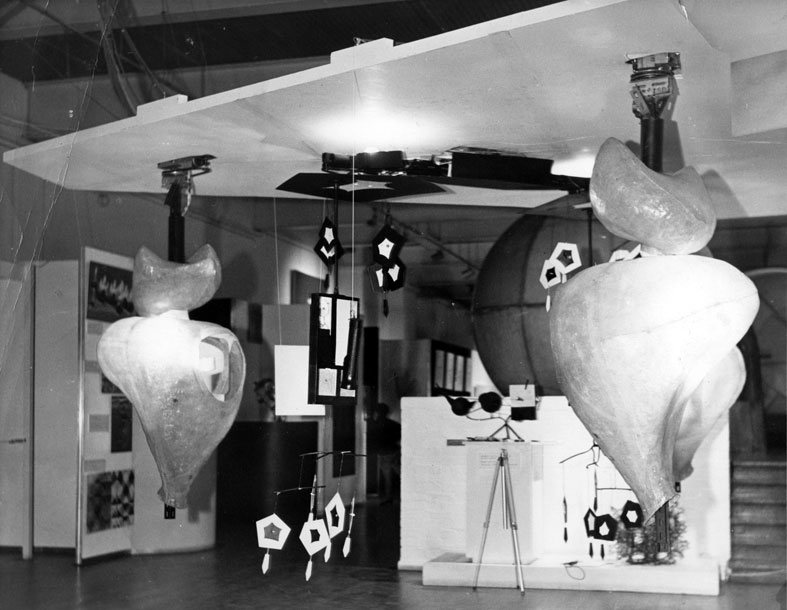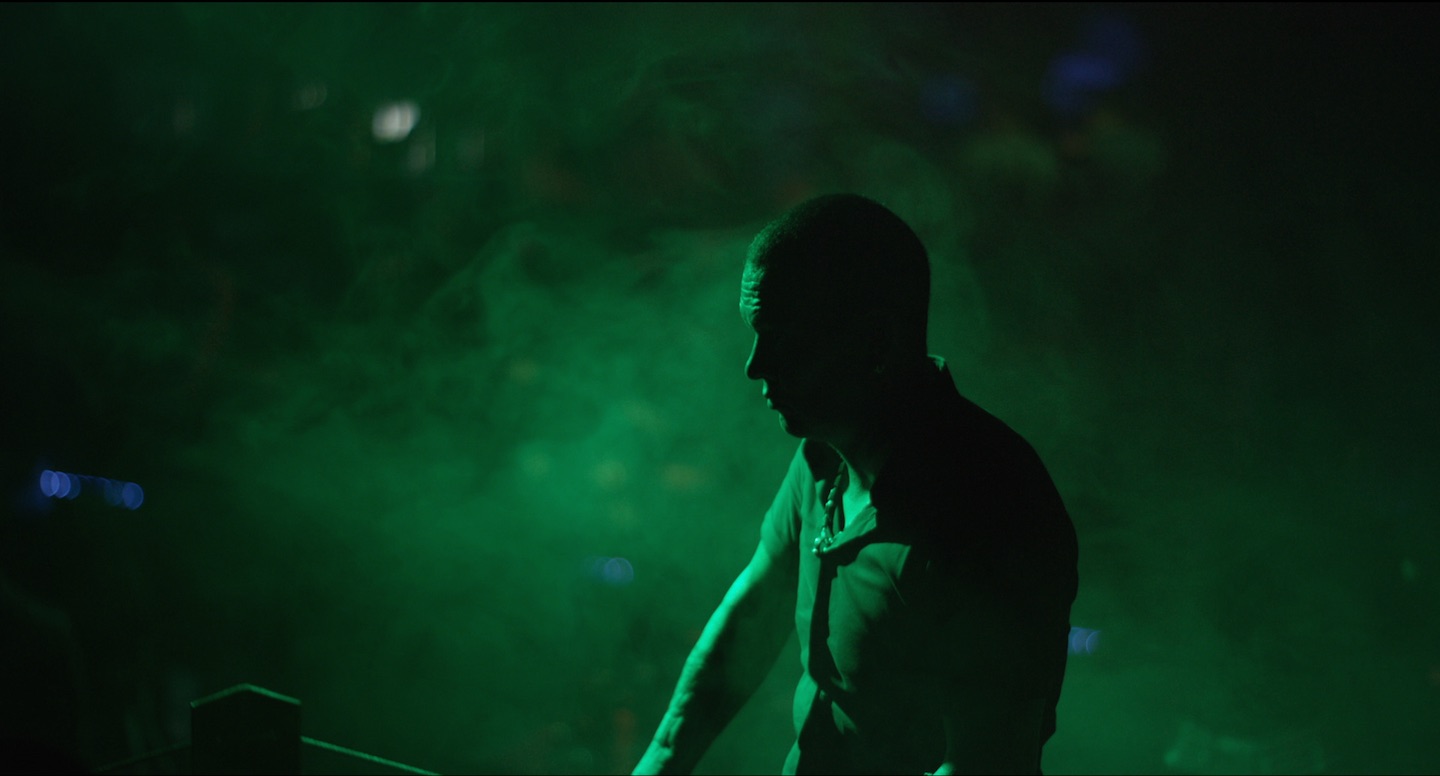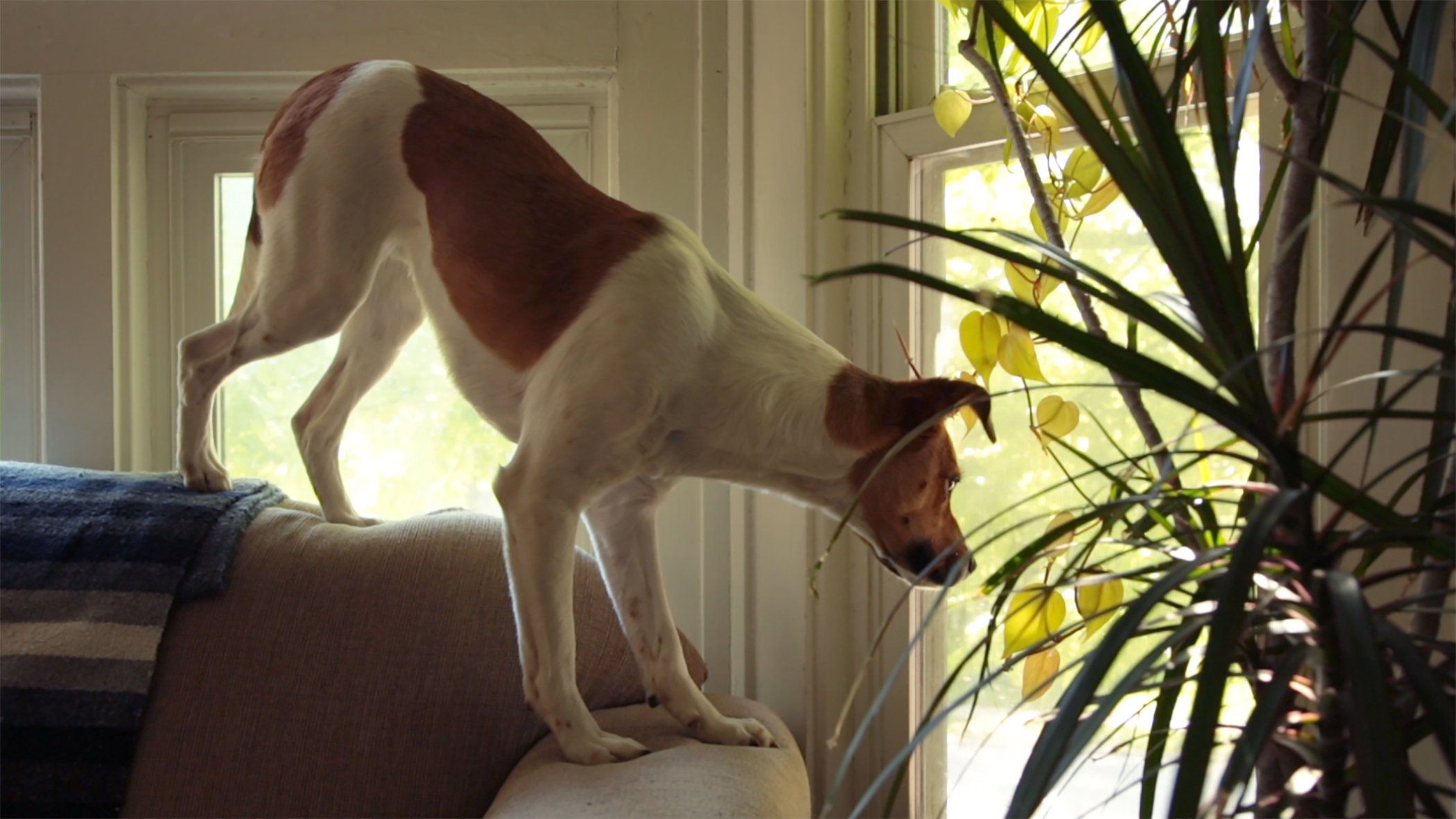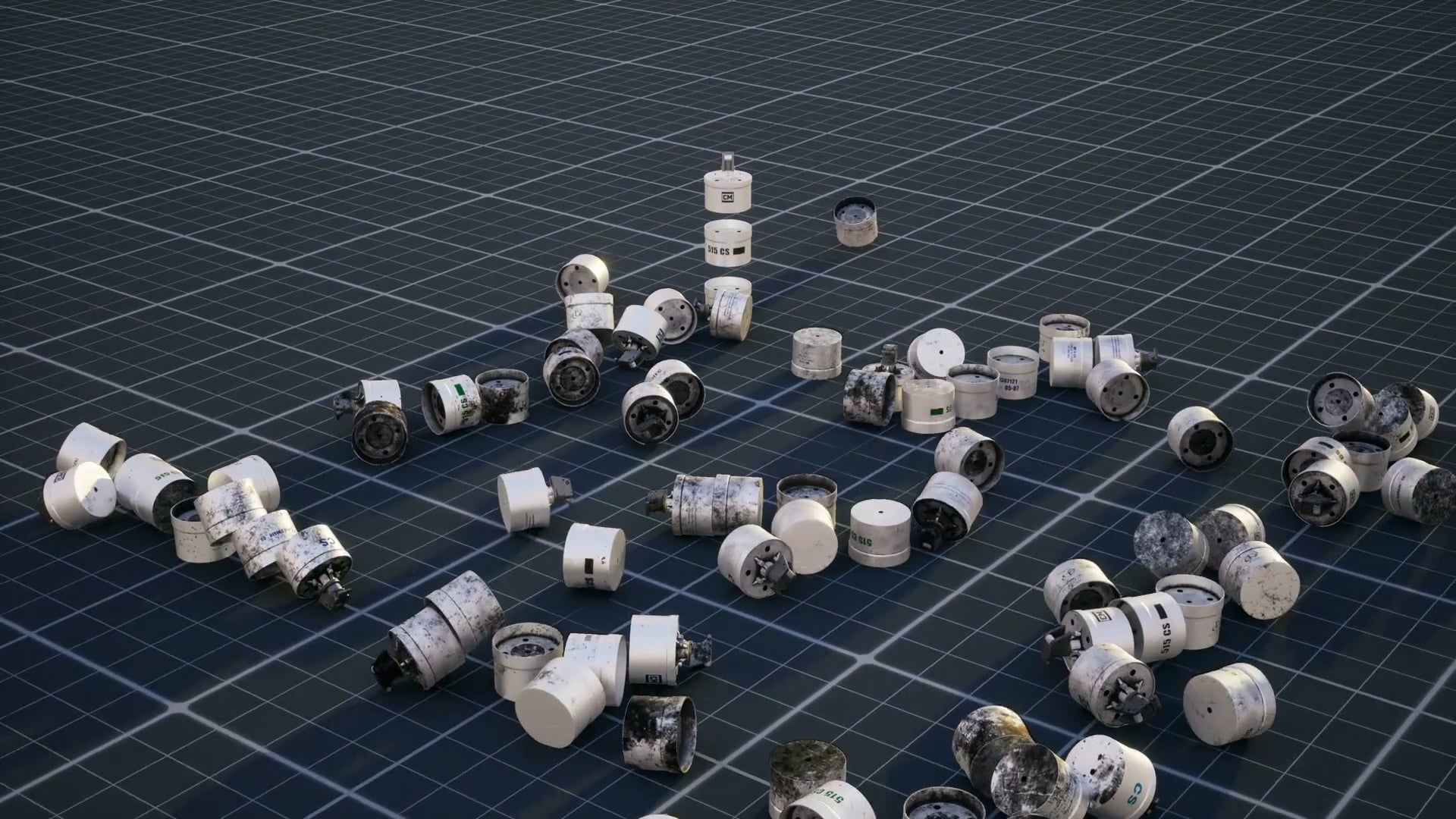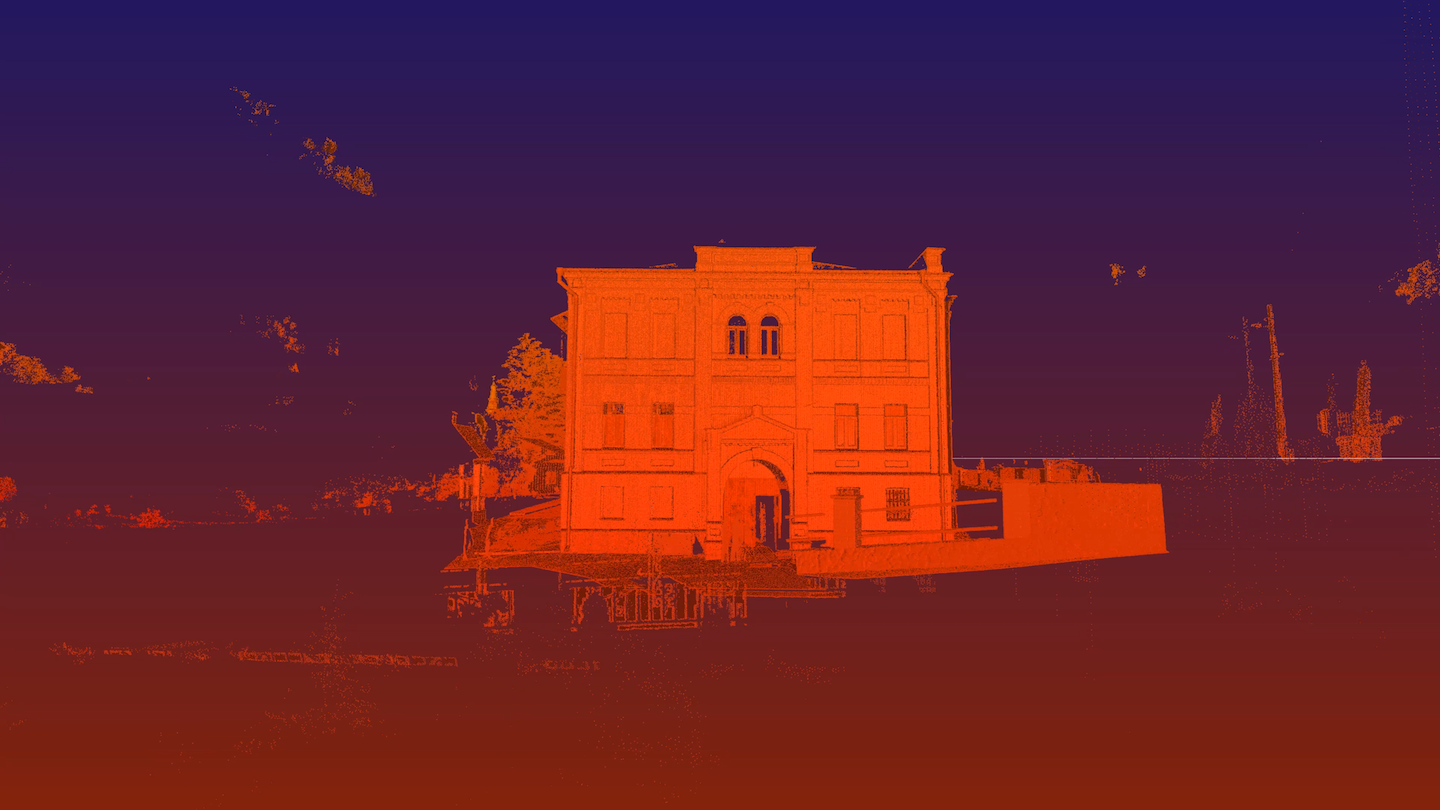January 27–March 12, 2017
One day the interface between humans and computers will be seamless. For now, it involves necks bent over smartphones, hours sitting hunched in front of a monitor, fingers and arms that still need to extend toward their devices. Despite all the talk about disembodied experiences and virtual worlds, computer technology hasn’t superseded the physical body; instead, it’s subtly reshaping it, including neurochemistry. Nevertheless, some new media and digital art treats computers as if they’re mostly tools for creating shiny images and scrolling animations, especially when abstraction is added to the mix. Many of these works can feel like painting and video simply updated for the electronic age.
The first audio track encountered upon entering Lynn Hershman Leeson’s exhibition “Remote Controls” at Bridget Donahue is the phrase “touch me.” It emanates from Deep Contact (1984–89), described on the exhibition checklist as the “earliest touchscreen”—i.e., the first artwork to utilize an operational touchscreen. Hershman Leeson has always been at the forefront of incorporating new technologies into her work (checklist descriptions also mention “earliest digital editing software” [Seduction of a Cyborg, 1994], “earliest emotional engine to reflect stock market data” [Synthia Stock Ticker, 2000–2], and “earliest interactive LaserDisc” [Lorna, 1979–84]), but accompanying this exploration is Hershman Leeson’s ongoing commitment to tactility. For more than four decades, she has examined how bodies and screens interrelate, how bodies (usually female) appear on screen, and how female bodies move through various forms of constraint.
Along with showcasing an acclaimed artist whose reputation and significance have sharply increased in recent years, Remote Controls parallels on a reduced scale Hershman Leeson’s current retrospective at the Yerba Buena Center for the Arts in San Francisco, which originated at the ZKM in Karlsruhe last year. (Hershman Leeson is also an independent filmmaker whose !Women Art Revolution [2010] is among the most important documentaries of the feminist art movement in the United States.) At Bridget Donahue, Deep Contact includes the aforementioned audio accompanying video footage of a blonde woman in a low-cut blue dress who beckons viewers to “try to reach through the screen and touch me.” This obvious impossibility instigates other modes of interaction selected on the touchscreen directly beneath the monitor: for instance, following the woman along a path through the trees or encountering a demon that in turn gives the viewer a sense of what it’s like to be pursued.
In this way, the gaze in Hershman Leeson’s work frequently aims to alternate between object and viewer, even if her primary subject is representations of the female body via technology and performance. Lorna features both of these with its choose-your-own-adventure format that tracks a woman who suffers from agoraphobia. A video installation in which the objects in the gallery directly mirror the ones on screen (right down to the goldfish in a small bowl) establishes a feedback loop—as many of Hershman Leeson’s works seek to do—between reality and its representation. Sitting in front of a television, viewers select with a remote control the chapters originally stored on a LaserDisc (now on DVD). While Lorna, Deep Contact, and other works (including many not in the exhibition) are structured around open-ended narratives, what they presciently anticipated is perception and experience skipping along the internet’s seemingly infinite set of links—seemingly, because what Hershman Leeson’s work also shows is how circumscribed choice (even on the web) can be. We remain trapped in our narratives.
What the internet promised—and perhaps initially achieved—was the means to range far from one’s own personal experience and location, although at this stage in its evolution, the web seems more likely to confirm prejudice and predisposition than eradicate it. It’s a bit like the theme of agoraphobia running through Hershman Leeson’s oeuvre. The woman in Lorna waits for her lover, talks on the telephone, smokes cigarettes, and combs her hair. The viewer gets to choose one of three end results for her life, but the protagonist eludes through her loneliness any ultimate control, of her own or by anyone else. But this comes with a price—an existence that never coheres. Elsewhere, as with the installation Venus of the Anthropocene (2017), which features a nude plastic torso with exposed guts and a couple of internal organs displayed on the vanity dresser in front of it (above which a surveillance camera hangs), it’s the female body that’s presented in fragments.
Seduction of a Cyborg is the only example in the exhibition of a human and computer truly melding, and it also happens to be the most conventional work in the show (despite its “first” quality), as well as the only one explicitly imagining the future. A six-minute digital video depicts a woman receiving computer transmissions as a means to regain her sight. Its titular companion, Cyborg Lightbox (2003–6), hung directly across from it is a blurry photograph mounted on a lightbox—the human fully absorbed into pixels. But the work’s bulky frame gives it a physicality—a phenomenological exchange with both image and viewer—that the virtual world remains a long way from eclipsing.

